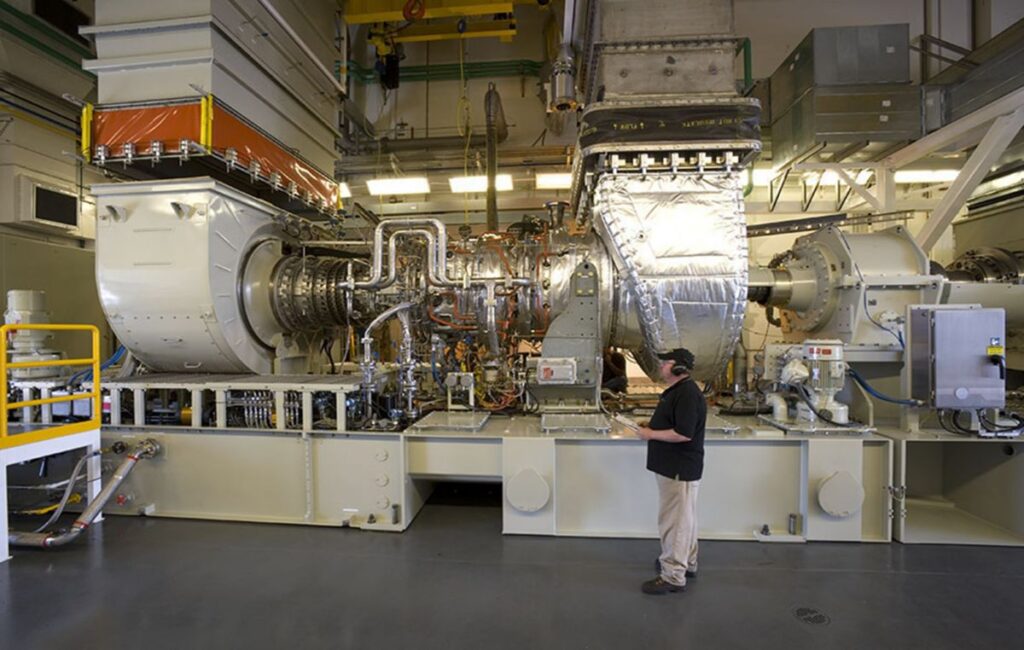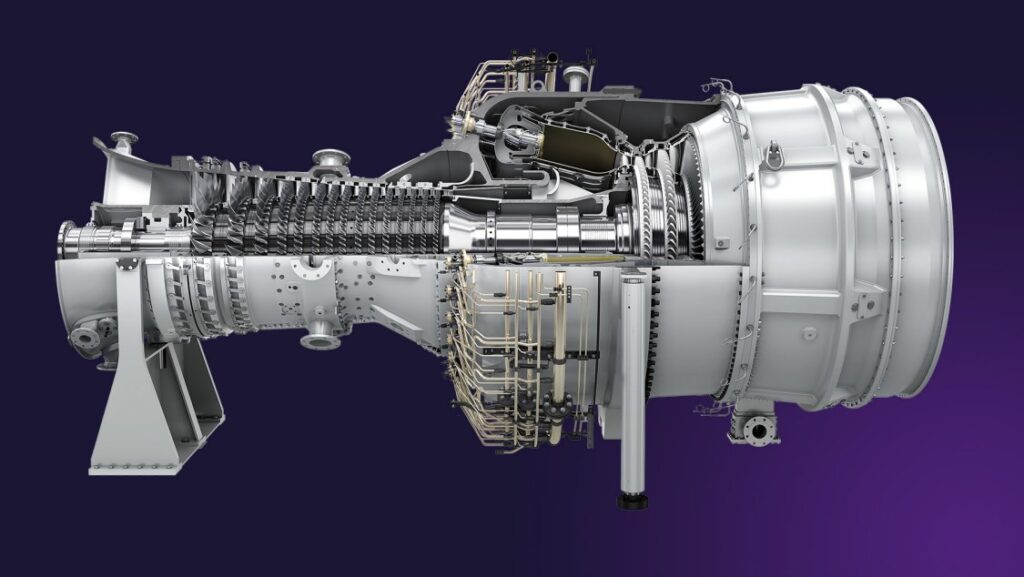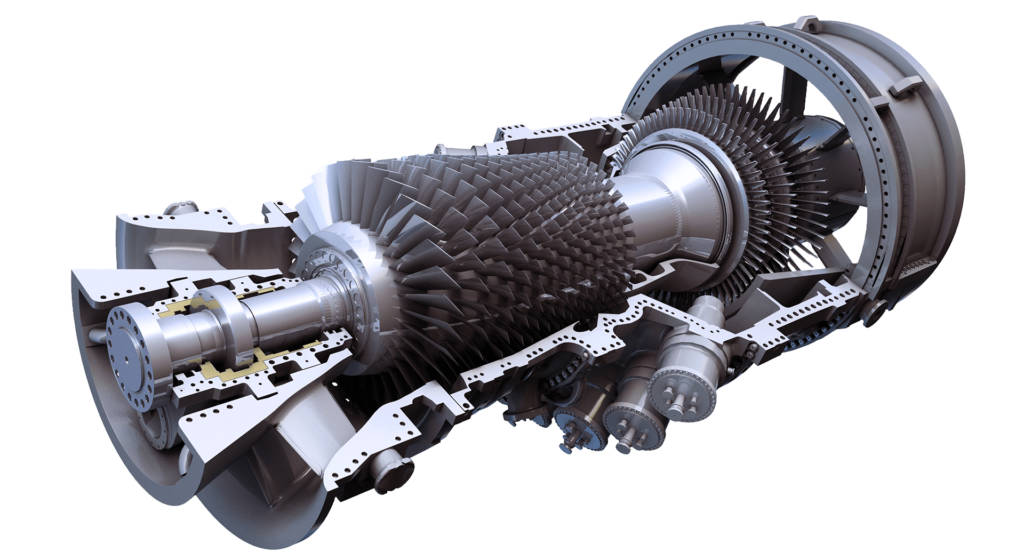HOW TO REDUCE RISKS IN ENVIRONMENTAL FAILURES - GAS TURBINES

PROCEDURES, ACTIONS, STUDIES, MITIGATION, RECOMMENDATIONS TO REDUCE ENVIRONMENTAL FAILURES
some reasons, procedures, actions, and recommendations to reduce environmental risks and avoid critical failures or unscheduled shutdowns in turbomachinery like gas turbines in power generation, oil, gas, and petrochemical industries:
Reasons for reducing environmental risks:
- To comply with environmental regulations and standards
- To reduce the impact of operations on the environment
- To protect the health and safety of workers and the public
- To maintain a positive public image and reputation
- To avoid costly fines, penalties, and legal action
- To ensure the reliability and availability of equipment
Procedures and actions for reducing environmental risks:
- Conduct a thorough environmental impact assessment (EIA) before the start of a new project or before any modifications are made to an existing plant.
- Implement an effective environmental management system (EMS) to manage environmental risks and ensure compliance with regulations and standards.
- Use environmentally friendly technologies and materials whenever possible, such as low-emission fuels and high-efficiency turbines.
- Implement effective monitoring and control measures for emissions, spills, and other environmental hazards.
- Train personnel on environmental issues and ensure they are aware of their roles and responsibilities.
- Regularly inspect and maintain equipment to ensure it is operating efficiently and in compliance with environmental regulations.
- Develop contingency plans for responding to environmental incidents, such as spills or leaks.
Recommendations for reducing environmental risks:
- Consider using renewable energy sources, such as solar or wind power, to reduce reliance on fossil fuels and emissions.
- Encourage the use of energy-efficient practices, such as reducing unnecessary equipment running time and optimizing process parameters.
- Develop partnerships with suppliers and vendors who prioritize environmental sustainability.
- Participate in industry initiatives and programs to share best practices and learn about new technologies and approaches.
- Regularly review and update environmental management plans and procedures to reflect changing regulations and industry standards.
- Foster a culture of environmental responsibility among employees and stakeholders by promoting sustainable practices and recognizing achievements in this area.
In summary, reducing environmental risks requires a proactive approach that includes thorough planning, effective management, and ongoing monitoring and improvement. By taking these steps, the risks of critical failures or unscheduled shutdowns in turbomachinery like gas turbines can be minimized, protecting the environment, ensuring regulatory compliance, and maintaining operational reliability and availability.
WHY, WHEN, WHERE, WHICH & HOW TO REDUCE ENVIRONMENTAL FAILURES
Reducing environmental impacts and failures in gas turbines is crucial to maintain their reliability, availability, maintainability, and safety while avoiding problems in new projects and existing plants in the oil, gas, and petrochemical industries. Here are some considerations:
Why: The reduction of environmental impacts and failures in gas turbines is important to comply with environmental regulations, improve sustainability practices, ensure efficient and clean energy generation, and enhance the overall performance of the turbines.
When: Environmental impact and failure reduction efforts should be considered throughout the lifecycle of gas turbines:
- Design phase: Environmental considerations should be integrated into the turbine design, focusing on efficiency improvements, emissions reduction, noise control, and material selection.
- Installation phase: Proper installation practices should be followed to prevent errors and ensure the correct alignment, connection, and integration of the gas turbine into the overall system.
- Operation phase: Ongoing monitoring, maintenance, and optimization measures should be implemented to minimize environmental impacts, enhance reliability, and detect potential failure risks.
- Decommissioning phase: Proper disposal or recycling of turbine components should be conducted to minimize environmental harm.
Which: The following areas should be addressed to reduce environmental impacts and failures in gas turbines:
- Efficiency improvements: Enhancing the turbine’s efficiency through design advancements, improved aerodynamics, advanced cooling technologies, and optimized combustion processes can reduce fuel consumption and emissions.
- Emissions control: Implementing emission control technologies, such as selective catalytic reduction (SCR), dry low NOx (DLN) combustors, and exhaust gas treatment systems, can minimize air pollutants emitted during turbine operation.
- Noise control: Employing noise reduction measures, such as acoustic enclosures, barriers, and turbine design modifications, can mitigate noise pollution generated by gas turbines.
- Material selection: Choosing environmentally friendly and sustainable materials for turbine construction can minimize environmental impacts during the manufacturing, use, and disposal phases.
- Waste management: Proper waste management practices, including the handling and disposal of turbine-related waste, such as lubricants and filters, should be followed to minimize environmental contamination.
Where: These efforts should be applied in locations where gas turbines are utilized, such as power plants, refineries, petrochemical facilities, and other industrial sites.
How: To reduce environmental impacts and failures in gas turbines, the following actions and strategies can be implemented:
- Conduct environmental impact assessments during the design phase to identify potential issues and incorporate mitigation measures.
- Regularly monitor and analyze turbine performance, emissions, and efficiency to detect deviations, inefficiencies, and potential failure risks.
- Implement preventive maintenance programs to ensure proper lubrication, inspection, and calibration of turbine components.
- Train and educate operators and maintenance personnel on environmentally friendly practices, safety protocols, and proper handling of turbine systems.
- Establish and adhere to strict compliance with environmental regulations, industry standards, and best practices.
- Foster a culture of environmental responsibility and sustainability throughout the organization, promoting awareness and engagement.
By addressing these aspects and implementing proactive measures to reduce environmental impacts and failures in gas turbines, organizations can improve reliability, availability, maintainability, and safety while minimizing environmental harm in new projects and existing plants within the oil, gas, and petrochemical industries.

LIMITATIONS IN ENGINEERING & DESIGN ABOUT ENVIRONMENTAL FAILURES
When it comes to reducing environmental failures in gas turbines and improving reliability and safety in power generation plants, oil, gas, and petrochemical industries, there are several limitations in engineering and design that need to be considered. Here are some key limitations:
Operating Conditions: Gas turbines operate in demanding environments with high temperatures, high pressures, and high rotational speeds. These conditions can lead to various challenges such as thermal stress, fatigue, and vibration, which can affect the reliability and safety of the turbines.
Combustion Dynamics: The combustion process in gas turbines can result in dynamic pressure fluctuations and combustion instabilities, which can impact the performance and reliability of the turbines. Designing combustion systems that minimize these dynamics while ensuring efficient and stable combustion can be complex.
Emission Control: Gas turbines must comply with stringent emission regulations, particularly in power generation plants and petrochemical industries. Achieving low emissions while maintaining high efficiency requires advanced engineering and design techniques, which can present challenges in terms of cost, system complexity, and performance trade-offs.
Material Selection: Gas turbines require materials that can withstand high temperatures, corrosive environments, and mechanical stresses. Finding materials that can meet these requirements, while also being cost-effective and readily available, can be a limitation in engineering and design.
Cooling Systems: Gas turbines often rely on complex cooling systems to maintain acceptable operating temperatures and prevent component failures. Designing efficient cooling systems that balance cooling needs, energy consumption, and reliability can be a challenge, especially in environments with limited water availability.
Maintenance and Inspection: Gas turbines require regular maintenance and inspection to ensure their safe and reliable operation. However, access limitations, safety considerations, and the need for specialized equipment can make maintenance and inspection tasks challenging, particularly in large-scale power generation plants.
Integration with Existing Infrastructure: In existing plants, integrating new gas turbines or retrofitting existing turbines can be logistically challenging. Compatibility with existing infrastructure, control systems, and grid interconnections must be carefully considered to minimize disruptions and ensure safe and reliable operation.
Cost Constraints: Implementing advanced engineering and design features to reduce environmental failures and improve reliability can often involve additional costs. Balancing the need for improved performance and safety with budgetary limitations can be a constraint for both existing plants and new projects.
Overcoming these limitations requires a multidisciplinary approach involving collaboration between engineers, designers, operators, and manufacturers. Advances in materials science, combustion dynamics modeling, cooling technologies, and maintenance strategies can collectively contribute to reducing environmental failures, enhancing reliability, and improving the safety of gas turbines in power generation plants and the oil, gas, and petrochemical industries.

